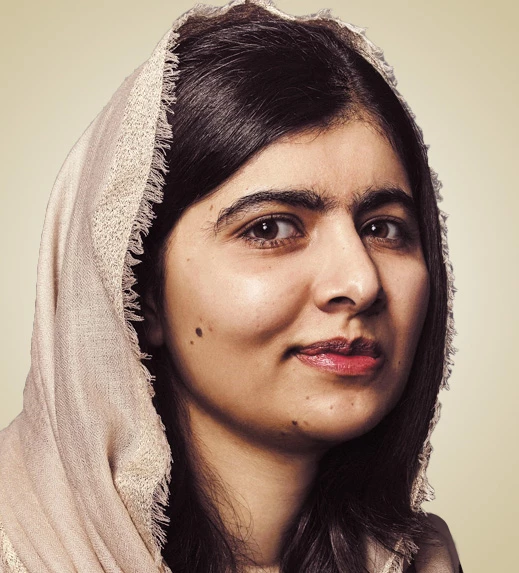Act 2: Why The Polymath Faded
Where did they go? Did they go out quietly? Did their light dim slowly until they stopped existing altogether? No. Their disappearance wasn't accidental. It was the result of a slow, deliberate structural change—from the education system to the job market.
Schools and universities started designing their curriculums to suit the industrial revolutions that demanded efficiency and specialization. Students are forced to choose a specialization before they even know what paths exist.
"A lot of people don't choose these paths, because they don't see a path."
The Egyptian Case Study
A suitable example would be the Egyptian education system. Kids spend their first 10 years of academic life studying various subjects—Arabic, English, Mathematics, Social Sciences (History and Geography), Sciences (Physics, Chemistry and Biology). Suddenly, at the age of 15, the student is asked to specialize in either humanities or science. A year later, those who choose science, have to choose between pure science and mathematics. This reveals a deeper flaw in how modern education is structured—mistaking early curiosity for confusion. The age of 15 is considered to be not only an age of curiosity—but also this is when they start asking bigger questions. Who am I? What matters? What is real?
Young Polymaths

Blaise Pascal
French mathematician and physicist, started developing the foundation of projective geometry at 15.

Mary Shelley
English novelist, began drafting Frankenstein at 17, but the ideas were brewing earlier.

Malala Yousafzai
Pakistani education activist, was 15 when she was targeted for activism.
Many great minds dabbled early—across fields—and emerged with lasting creations. At fifteen, curiosity isn't a distraction—it's a superpower. Yet our systems treat it like a liability. Creative freedom should be granted. All of this results in a not-so-pretty butterfly effect.
Adolescent Crystallization
This brings me to talk about an important concept brought by Laurence Steinberg. His concept of "adolescent crystallization" describes the period between ages 14-18 when individuals begin to form their adult identity, acquire a sense of belonging to their peer interests, and values with specific career paths. On the surface, this sounds like a thoughtful developmental process. But in practice—especially in rigid educational systems like Egypt's—it often becomes a forced narrowing rather than a self-driven discovery.
The choice a student makes at fifteen is not symbolic—it's structural. Choose humanities, and you're cut off from ever entering faculties like Engineering or Computer Science. There's no second path, no formal bridge. Your ceiling is reset. Your dreams are re-routed. The best options become Economics and Political Science, Accounting, or Languages. And if you're lucky, you might stumble into a Statistics major with a bit of technical exposure. But for many, it's too late. The system tells you what you can't be before you've even had a chance to figure out what you could be.
Crystallization implies finality. The metaphor suggests solidifying into a shape. But adolescents are not crystals. They're closer to rivers—still flowing, still shifting, still searching. It assumes access to possibilities. How can someone "realistically" form occupational plans at 15 if they've never been exposed to half the fields that exist? Most teens don't know what anthropology, data science, or urban planning even are. The role of role models becomes problematic. The theory admits teens look to role models—but what happens in environments where interdisciplinary or creative role models are absent or discouraged?
To be fair, specialization didn't arise from malice. It answered the demands of industrial and technological complexity. The world needed experts to build bridges, design machines, and decipher DNA. But the cost was paid in breadth. In the end in this age of rapid movement—when you can't even keep up with the college you're enrolled in—it diminishes your chances of becoming anything that the major you're studying. Unless you carve one—alone.
?width=1920&height=1080&seed=6563&enhance=true&nologo=true&model=kontext)
%0A?width=1920&height=1080&seed=6563&enhance=true&nologo=true&model=flux)


